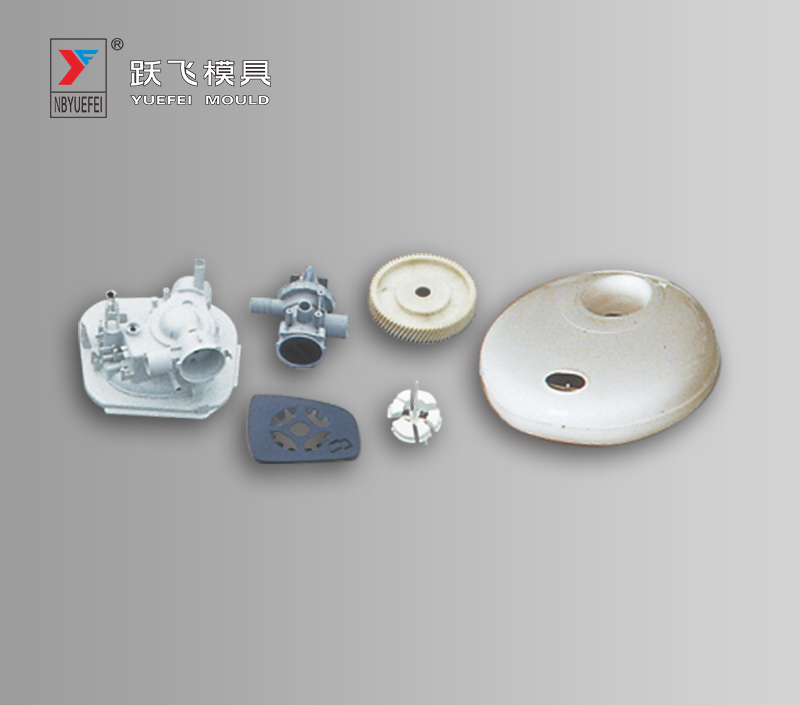According to incomplete statistics, the annual consumption value of molds in the machining profession is five times the total value of various machine tools. It is conceivable that the mold market in the professions of machinery, metallurgy, light industry, and electronics is so huge. Another example: In the metallurgical profession, the annual consumption of hot-rolled rolls alone is more than 300,000 tons, and the value of hot-rolled rolls accounts for more than 5% of the cost of steel production. The many costs of molds not only directly increase production costs, but also frequently stop production due to frequent replacement of molds, resulting in greater economic losses.
In fact, the failure of the mold is invalid due to the wear of the surface material, and the processing cycle of the mold is very long, and the processing cost is extremely high (especially the production and processing costs of precision and messy molds or large molds are as high as hundreds of thousands or even millions. yuan). Therefore, it is undoubtedly a method with important economic meaning to strengthen the appearance of the specific parts of the mold that actually bear the effect of wear, so as to greatly extend and improve the service life of the mold. In addition, most molds fail and become invalid only after a very thin layer of material is worn out. Therefore, only the worn parts of the mold and key metal parts need to be corrected, and the mold appearance is actually subject to wear during the correction process. Coating a layer of high-hardness and high-wear-resistant metal on the surface of the mold can "turn waste into treasure". Not only will the mold be corrected, the service life of the corrected mold will be greatly improved compared with the original mold, and the economic benefits are huge.
The mold repair machine is a high-tech equipment to correct the surface wear and processing defects of the mold. The principle of the mold repair machine is to use the principle of high-frequency electric spark discharge to perform non-thermal surfacing welding on the workpiece to repair the surface defects and wear of the metal mold. The main feature is that the heat-affected area is small, and the mold will not be deformed or annealed after correction. No stress concentration, no cracks, to ensure the integrity of the mold; it can also use its strengthening function to strengthen the appearance of the mold workpiece to complete the mold's wear resistance, heat resistance, corrosion resistance, etc.
The mold repairing machine strengthens the mold with long life and good economic benefits. It can be applied to various iron-based alloys (carbon steel, alloy steel, cast iron), nickel-based alloys and other metal materials to strengthen and modify the appearance of molds and workpieces, and greatly improve the service life.
www.yfmould.com



 English
English 简体中文
简体中文 Español
Español Deutsche
Deutsche















